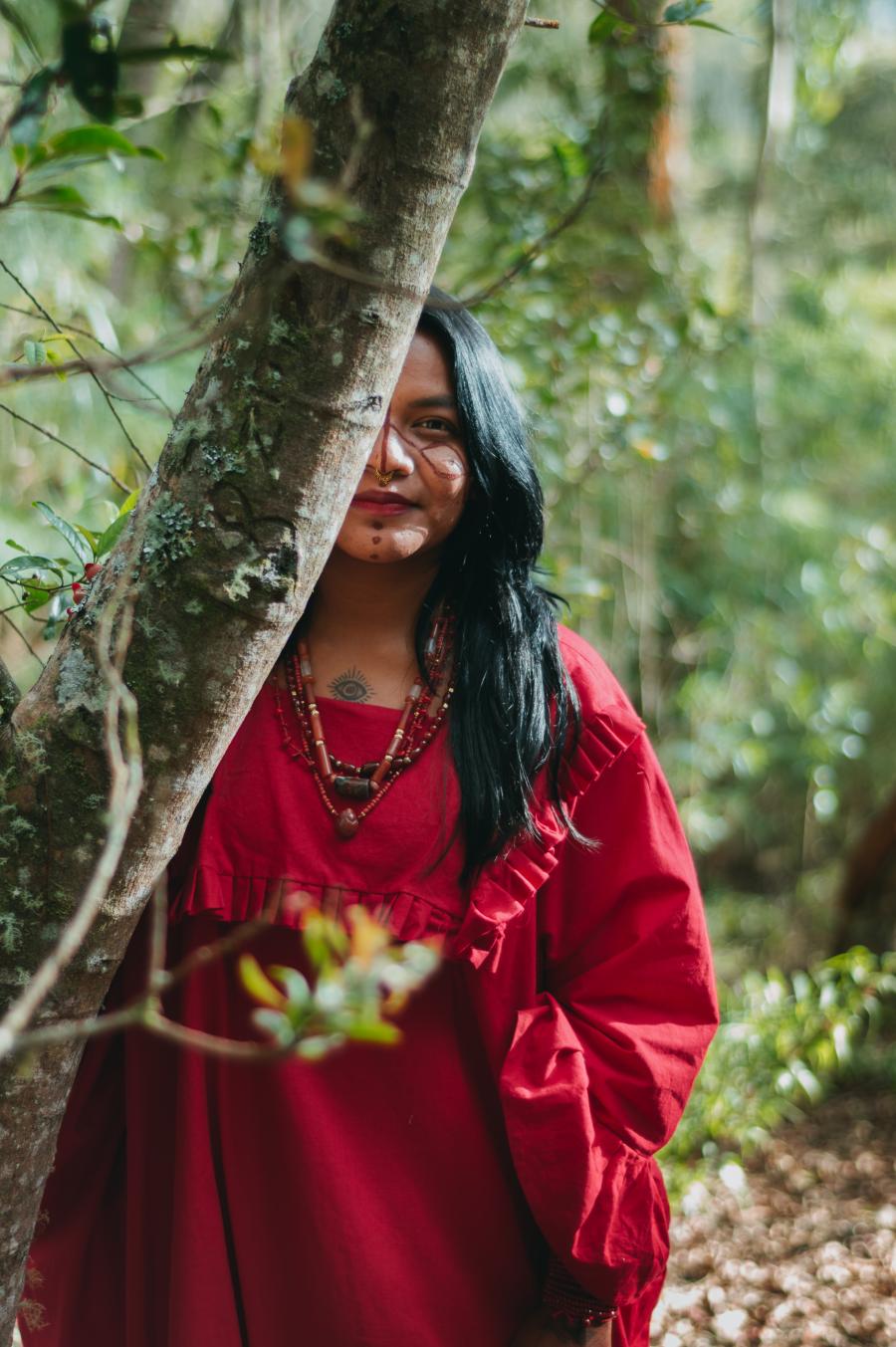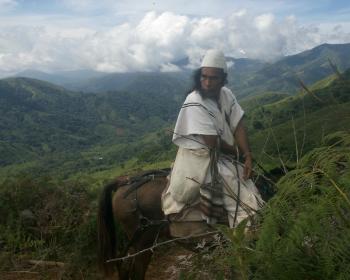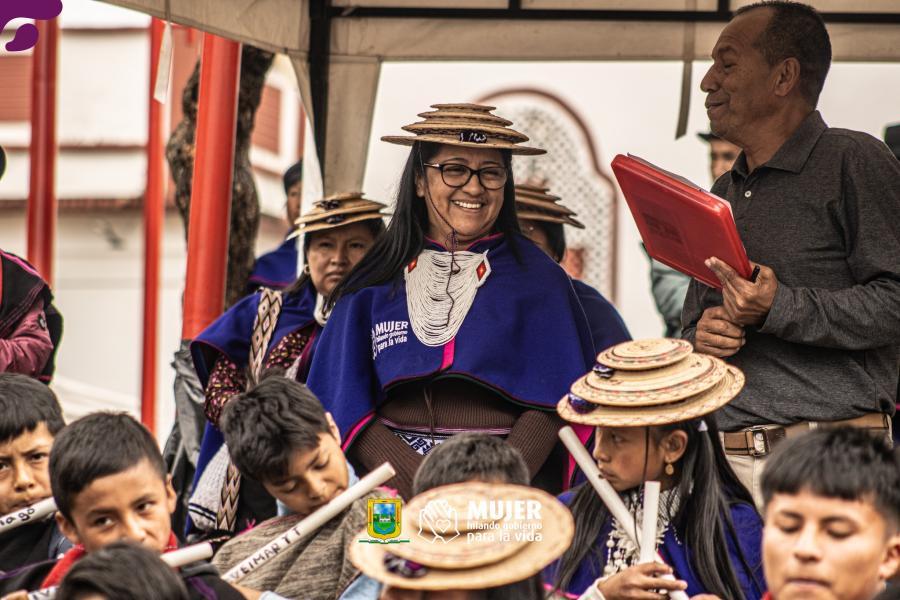On August 7 The New York Times reported that "five homemade mortar shells were fired into the center of Bogotá as newly elected president Álvaro Uribe Vélez prepared to take the oath of office in the Congress." The attack killed 19 and wounded 70 people in poor neighborhoods near the Congress and the presidential palace. On October 22, another report said a car bomb killed two people and wounded 36 outside Bogotá’s police headquarters. Two days later, a grenade was thrown at a police truck, killing an 18-year-old officer and wounding 13 people on a Bogotá street.
These incidents illustrate a new, and apparently newsworthy, pattern of violence-- ncreased urban terror. In each case the attacks were ascribed to the Revolutionary Armed Forces of Colombia (FARC), which, for about 38 years, has fought the Colombian Army and, for the past few years, a growing paramilitary force. For the FARC and the paramilitary forces, the war is fueled by profits from production and sales of cocaine and heroin, mostly destined for the United States and Europe. The source of these drugs lies mainly in southern Colombia, where the valleys of Cauca produce poppies (for heroin) and the jungles of Putumayo provide coca leaves (for cocaine). Putumayo is thus the front for Colombia’s other "newsworthy" battle--crop eradication--which has been waged with increasing intensity since 2001.
Increased military, guerilla, and paramilitary presence, along with aerial herbicide spraying, are important components of the controversial Plan Colombia that is playing out in the southern Colombian departments of Putumayo, Sibundoy, and Cauca, and spilling over into the border areas of Ecuador, Peru, Venezuela, and Brazil. Large parts of each area are relatively isolated, heavily forested, and largely populated by indigenous peoples.
Such situations, locations, and populations are generally not considered newsworthy. For so-called "marginal" populations throughout the world--from the slums of New Delhi to the many Hispanic and African-American neighborhoods in the United States--near-endemic violence rarely makes headlines. The voices of these populations usually go unheard, but in southern Colombia, marginality and invisibility have not gone hand-in-hand. Several years ago, thousands of campesinos from the region marched to protest eradication, forcing the government to delay plans for intensive eradication. That march revealed widespread sentiment that the real problem is international demand, not local supply.
Nonetheless, with U.S. economic and logistic support, eradication efforts have increased greatly. But as indigenous people and several authors note in this issue, replanting may easily exceed eradication and the side effects of eradication have been particularly destructive for indigenous communities. Consequently, rather than waiting to be deemed newsworthy by the media, indigenous people in Colombia and adjacent areas have raised their voices, at considerable personal risk, to make themselves "newsworthy."
What these voices say extends far beyond economic issues. As illustrated by the following articles, economic problems are paralleled by social, cultural, and health concerns associated with eradication, the increased presence of armed actors, and globalization. But the interviews are not passive pleas from the oppressed. Imaginative and proactive indigenous responses are most dramatically and successfully illustrated in the department of Cauca (see Rappaport), but similar actions pervade the other areas as well.
These proactive attitudes inspired this issue of Cultural Survival Quarterly, which responds to a direct request from the affected indigenous populations of six countries. Many of the articles are drawn from interviews with leaders and other indigenous people at the historic International Forum on the Impact of Aerial Herbicide Spraying on Agricultural Products classified as "Illicit" and the Armed Conflict: The Responses of Amazonian Indigenous Peoples in Border Areas. The event took place from June 26 to June 28 in Quito, Ecuador, as an initiative of the Coordinating Group for Indigenous Organizations of the Amazon Basin (COICA), the Organization of Indigenous Peoples of the Colombian Amazon (OPIAC), and Ecuador’s Confederation of Indigenous Nationalities of the Ecuadoran Amazon (CONFENIAE); it was hosted by the Fundación Gaia-Colombia, the Amazon Alliance, and the Asociación Latinoamericana para los Derechos Humanos (see page 69). The indigenous organizations requested international support in publicizing their concerns and unified responses.
At the forum, non-indigenous writers interviewed indigenous participants and crafted articles that analyze the impact of various actions and actors. Only a few prominent and already-public indigenous interviewees have chosen to be identified by name, and are included in photographs. Others, for reasons of personal security in a dangerous environment, remain anonymous.
Anonymity, however, is not silence. The speakers address a wide range of concerns and impacts, summarized in various analytical pieces that cover gender (see Kosec), NGOs (see Fletcher page 22), herbicides (see Walcott & Marsh), and spiritual resistance (see Hurwitz page 26). The interviews, edited for clarity and continuity, provide first-hand and honest opinions. Each shows readers how leaders and villagers have experienced and responded to the presence of armed actors. In Putumayo, the residents suffer from the violence and herbicide spraying, and feel cheated of the opportunity to voluntarily uproot coca plants and seek alternatives (see interview page 13).
Despite the indigenous communities’ isolation, their situation must be seen as part of the larger patterns of globalization (see Edeli & Richardson). While no one can deny some benefits of global exchange, many agree that the isolated, subsistence, and small-scale market producers like those in Putumayo and the adjacent jungle border areas are most likely to suffer when free trade permits industries with lower production costs to eliminate smaller economic actors.
One of the unique contributions of these interviews is their sense of the spill-over that is affecting communities in all of the countries that border Colombia. Those concerned with coca production often talk of the "balloon effect" that occurs when a squeeze comes to one area or country, this case in the form of government or military pressure, and production therefore expands to neighboring areas. What the narratives sadly reveal is that violence, recruiting, and simple "rest and relaxation" for armed actors--guerillas and paramilitaries alike--are having this effect. As the interviews from Bolivia illustrate (see interviews page 49), public pronouncements by governments that pressure will make coca production disappear are merely results of poor observation or wishful thinking.
A Brief Background
Plan Colombia is an initiative of Colombia’s former President Andrés Pastrana. As written, it is a broad plan to improve Colombia through peace, drug eradication, and alternative development projects that get at some of the root causes of unrest. Initial actions, strongly supported by U.S. funding (Colombia is the third-largest recipient of U.S. foreign aid) and military equipment and training, were limited to crop eradication with no involvement, training, or use of U.S. funds in Colombia’s long-standing internal war, which pitted the Colombia government and army against the FARC and the National Liberation Army guerilla forces, as well as paramilitary forces. Ever since the plan was announced, the line that separated the actual opponents was questionable at best. The dubious distinctions disappeared after September 11, 2001, when both guerillas and paramilitaries were classified as terrorists. The U.S. Congress, strongly supported by U.S. President George W. Bush and Vélez, approved the use of U.S. funds and equipment for the war against the insurgents and drug dealers.
Sadly, while European governments have criticized the herbicide spraying and increased military buildup, they have not provided funding for alternatives. The Economist reports that "out of $113 [million] pledged since 1996 to Plante, the Colombia government agency for alternative development, $104 [million] has come from the United States." In the absence of alternatives and despite some vocal and informed opponents, the vast majority of Colombians support Plan Colombia. While most observers agree that, overall, the Colombian violence is unlike that which racked several Latin American countries during the 1980s, Colombia’s indigenous peoples are, nevertheless, caught in a position similar to that which people in rural Peru, Guatemala, and El Salvador were during that same decade. From a military standpoint they run the risk of "guilt by location" as competing forces move into their lands and each assume the communities support another faction.
Putumayo is not a microcosm for such a regionalized country as Colombia, but its situation nonetheless illustrates disturbing patterns that can be dismissed neither as unique nor as unfortunate collateral damage. The narratives and articles in this issue illustrate the destruction of lives and life-ways, and cast into high relief the persistent political and economic inequities that permeate much of rural Colombia. They also show the ideological attraction of organizations such as FARC that, for most Colombians, have long lost their moral authority, ideological credibility, and representative legitimacy. The FARC has recruited indigenous youth and obtained local indigenous support, not simply because it provides food, income, clothing, and adventure, but also because local perceptions show that trusting the FARC is more beneficial than facing the basic problems and suspicions the conflict has brought to their communities. Ironically, the paramilitiaries offer some of the same appeal.
The articles here are not meant to provide a final authoritative word. They are stories, many of which are highly subjective. There are also numerous statements of "fact" by indigenous peoples that can be and have been challenged, sometimes successfully. Nevertheless, the opinions and perceptions raise legitimate questions and, equally important, demand attention. Perhaps the strongest message, from Colombians and Bolivians, is also the simplest, the most well known, and the most oft-cited: Why should small producers with minimal incomes--even from "drug" production--wish to curtail an activity that is so much in demand in the "developed" world?
Theodore Macdonald is associate director of the Program on Nonviolent Sanctions and Cultural Survival (PONSACS) at Harvard University. David Edeli (edeli@post.harvard.edu) is a researcher and consultant for the Confederation of Indigenous Nationalities of the Ecuadoran Amazon and a program associate of PONSACS.



